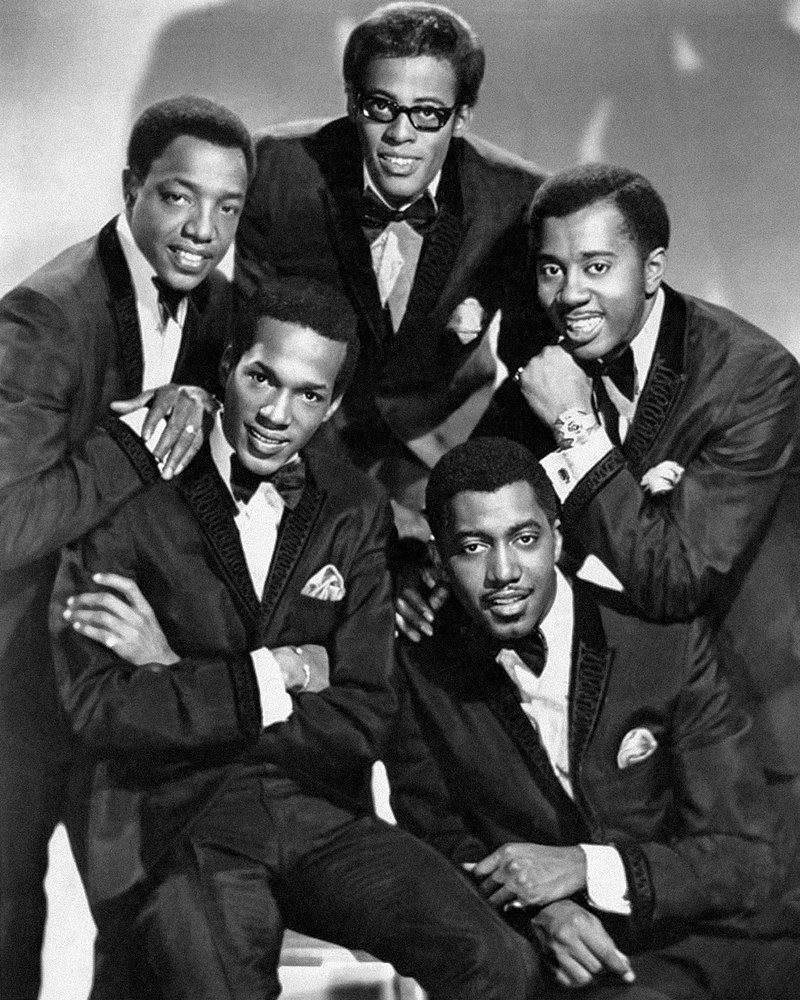
Funk 6
In addition, popular soul music groups incorporated the "funk" sound and style. The Temptations departed from the slick dance stepping and upbeat ballads and recorded music with harsh social commentary and driving funk rhythms, such as " Cloud Nine" (1968), " Ball of Confusion (That's What the World Is Today) " (1969), and " Papa Was a Rolling Stone" (1971). Vocalists such as Curtis Mayfield, Stevie Wonder, and Marvin Gaye combined the lush arrangements of soul music with driving funk grooves beneath them. Examples of this include " Pusherman" by Curtis Mayfield (1972), " Superstition" by Stevie Wonder (1972), and " Inner City Blues (Make Me Wanna Holler)" by Marvin Gaye (1971).
Meanwhile, established jazz artists such as Miles Davis and Herbie Hancock adapted and explored the funk groove. Davis's 1970 album Bitches Brew set in motion a new movement of free-form electronics-influenced jazz, which Davis claimed in his autobiography (1989) was strongly influenced by Brown, Sly Stone, and Hendrix. Hancock's breakthrough Headhunters album (1973) was a more direct interpretation of funk. The lead track " Chameleon " utilized the trademark thumping bass, and the album featured a song (" Sly ") named after Sly Stone. By 1974 Headhunters was the biggest selling jazz album of all time. An entire school of funky instrumental jazz emerged, often featuring jazz musicians reinterpreting funk and soul hits. Influential artists in this vein were Donald Byrd , The Blackbyrds, Grover Washington, Jr, The Crusaders, and Roy Ayers. The massive popularity of funk and soul music in the early 1970s was made more visible by the advent of color television and the previously mentioned syndicated television series Soul Train, in which the latest Black dance bands would perform and the live dancers would promote the latest dance and fashion styles. The loud, multicolored, asymmetrical patterns in clothing, the oversize jewelry, the prominent "Afro" hairstyles, the towering platform shoes, brightly colored flared pants and lapels, and African fashions such as dashikis were all part of the "funky" fashion style of the 1970s, as seen in this section's photographs.







